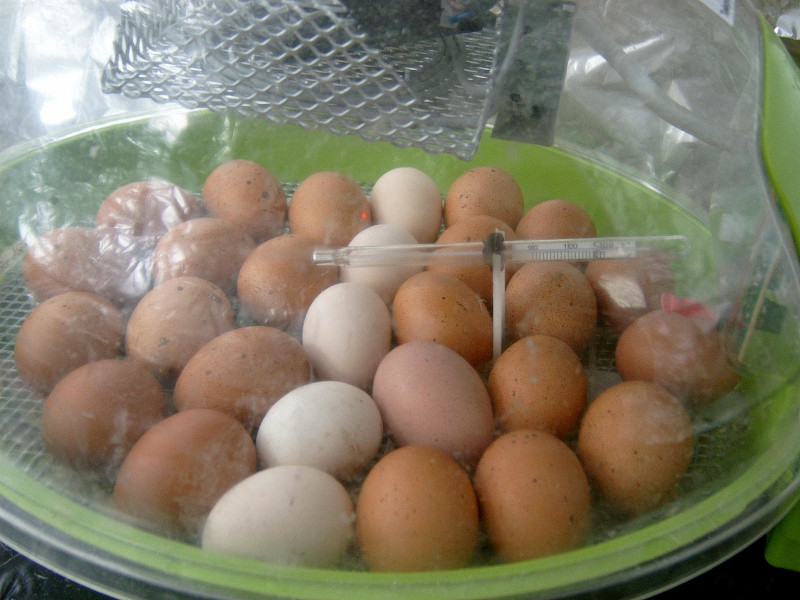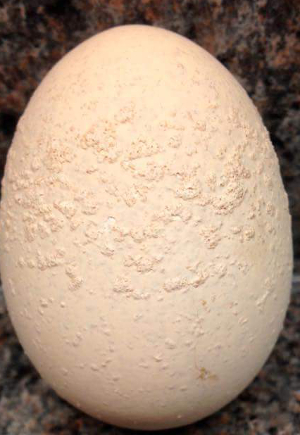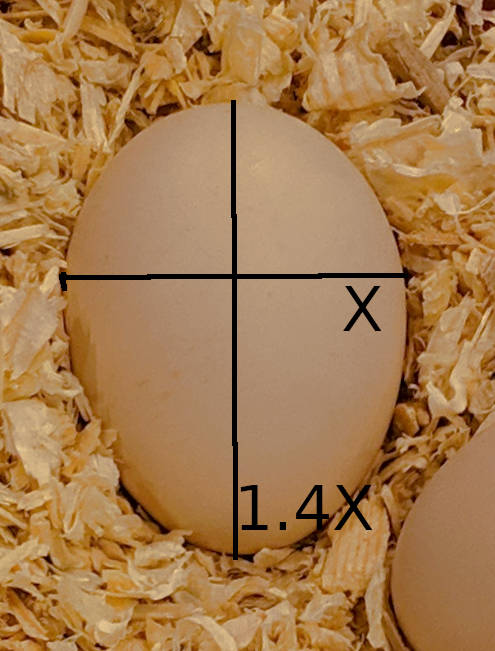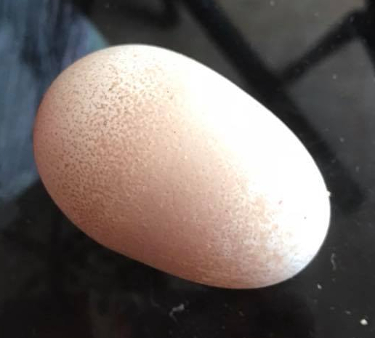Selecting fertile eggs for incubation

How to choose the best fertile eggs for hatching:
Choosing which fertile eggs to select for incubation is a critical and often overlooked part of the hatching process. Poor selection of fertile hatching eggs leads to low hatch rates and weakened chicks.
I have had both the good fortune of good fertility and a great hatch during a year that seemed disappointing for others, and the opportunity to study some of the latest methods used in the commercial poultry industry to increase their hatching success.
Below: Avoid choosing eggs with shell problems to incubate.

When it comes to selecting the right fertile eggs for incubation and hatching you need to take several factors into account.
- Clean sterile equipment.
- The health and suitability of the parents.
- All aspects of egg quality including size and shape.
What are the best eggs for incubation?
The eggs should be clean. It must not be forgotten that the embryo in the shell requires air from the first day of its incubation, and if the pores of the shell are filled with dirt or smeared with the contents of other broken eggs then the likely result will be dead in shell.
Tips for selecting the best fertile eggs for hatching:
- Pick up your eggs three times a day if possible.
- Keep your nests clean so you have clean eggs.
- Choose eggs that are free of faeces, dirt, litter and yolk or white from broken eggs.
- Don't wash your eggs if you can get away with it.
- Don't select eggs from hot nests or those in the sun.
- Choose eggs that are 1.4 times longer than they are wide.
- Avoid misshapen or elongated eggs.
- Select only eggs of good shape and of medium size, discarding very large and very small eggs.
- Eggs should be the correct colour for your breed.
- Avoid those with fragile, porous, crinkled or rough shells.
The more often you can collect the eggs the less likely the hens are to soil them or roll them about in the nest. Handle them carefully with clean hands.
Clean nests will help keep the bacterial loads on the surface of the egg down to manageable levels.
Below: The best eggs for incubation are 1.4 times longer than they are wide.

Nest with broken eggs could indicate a shell problem and will hinder hatch-ability.
Washing them removes the protective coating sometimes called the 'bloom' or 'cuticle' on the surface of the egg, which is nature's way of protecting the egg from the entry of bacteria and prevents a rapid loss of moisture from the egg.
Below: My take on selecting eggs for incubation.
Heat effects the membranes in the egg and may raise the temperature enough for incubation to begin.
The perfect ratio for fertile hatching eggs is 1.4 times as long as they are wide.
Misshapen eggs may come from a sick bird. For a full list of egg and shell problems take a look at this article.
Oddly sized eggs may come from very young or older chickens, neither of which are the best for producing good fertile eggs. Very large eggs may be double yolkers which should not be incubated.
Below: Odd sized and shaped eggs are unlikely to hatch.

Breed standards are maintained with proper selection.
The shell allows gaseous exchange as well as keeping the embryo safe from bacterial contamination. Damaged or defective shells can contaminate the whole batch in the incubator if they explode and are a sign of poor parental health.
Testing fertile eggs during selection:
The eggs you have chosen to incubate should always be examined carefully when choosing them for incubation, visually, by feel and with a candling lamp. You will need clean hands and equipment to avoid any contamination.
It is best not to select eggs you have doubts about, they rarely go to term and could cause more problems.
Below: Candling and egg will show all sorts of problems like infection, cracks and other problems with the shells and missing yolks.

There are many egg-testing appliances are on the market, all of which provide for a strong light from a lamp to pass through the egg. You can even use the torch on a mobile phone.
Shine the candling lamp into the egg and look for:
- A small, well formed air cell in the blunt end of the egg. The air cell should not move around.
- Both the contents and the shell should be uniform with only the yolk shadow showing. If any part appears cloudy or mottled or shows dark spots it should be discarded. Porous or marked shells can be easily discarded as cracks show up nicely with a candling lamp.
- Shells should feel smooth in the hand and not chalky
Can you incubate dirty eggs?
Incubating dirty eggs is a good example of reverse economy. trying to save one or two in the short term may cost you the whole batch in the long term.
I choose not to incubate dirty eggs, they are more likely to explode, die in the incubator or hatch poor chicks with a higher chance of dying.
